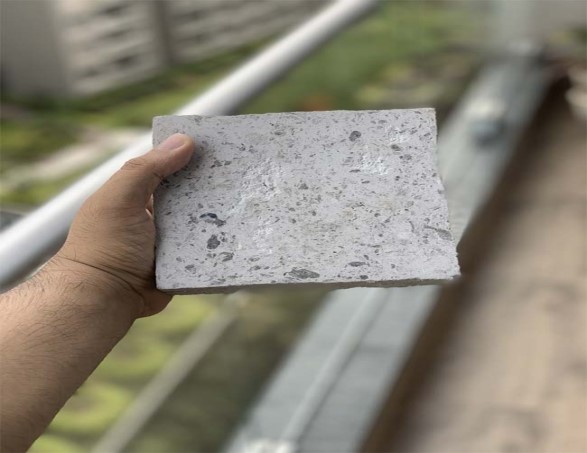Plastic Bricks for Affordable Housing

In 2021, the global population rose to 7.84 billion from 6.92 billion people in 2010. U.N. Habitat estimated in 2020 that about 1.6 billion people globally endured “inadequate housing conditions” or homelessness. Due to the severity of the issue, the U.N. Commission for Social Development placed affordable housing at the top of the agenda for its 58th session in February 2020. Here is some information about how some organizations are creating affordable housing by using plastic bricks and other low-cost materials.
The Global Housing Shortage
Part of the problem is that as the global cost of housing itself has increased, global average income has not increased fast enough to keep up, leading to increased homelessness. Unsurprisingly, it is low-income households and vulnerable groups that this trend hits the hardest. Additionally, housing conditions are also deteriorating in terms of poor structural durability, overcrowding and inadequate basic facilities. Increasing rural to urban migration that has led to the exponential increase in the creation of slums and informal settlements has exacerbated this. The U.N. estimates that “3 billion people will require adequate and affordable housing by 2030.”
At this rate, urban poverty and inequality can only increase. Government assistance and protection can only do so much. While government assistance increases the supply of affordable housing, it still does not completely meet the demand. Homelessness services such as shelters and subsidized housing are not permanent solutions either. The supply of affordable housing should increase, but the increasing cost of construction for both buyers and suppliers hinders this, especially for those in the middle to low-income bracket. As a result, several companies around the world are recycling plastic as an alternative to expensive construction materials.
Nelplast
Nelplast Eco Ghana is a construction company making building bricks through recycled plastic waste. Nelson Boateng made waves in 2021 when he built a home for himself entirely out of plastic bricks in just 72 days. It cost him less than $10,000. Boateng used to recycle plastic sachets to make plastic bags, but when extreme flooding struck his Ghanaian hometown Ashaiman in 2015, he took a different route. The government at the time identified sewage blockage by plastic waste as a significant cause and Boateng did not want to contribute to the problem anymore. He started constructing plastic pavements and intends to build affordable homes out of plastic to solve the housing deficit in Ghana. Boateng’s plastic home with plastic bricks is evidence that it is possible. His only desire is for increased investment to scale up his impact.
OTHALO
OTHALO is a Norwegian-based company that makes building systems out of recycled plastic. The goal is to fill the gap in the supply of affordable housing by addressing the growing issue of plastic waste. Through this technology, OTHALO can build cost-effective housing, including “Temperature Controlled Mobile Storage Units, modular buildings, refugee shelters or living pods” and schools and hospitals.
OTHALO’s target market is developing nations that urgently require cost-effective housing, refugee camps and “temperature controlled units for storage of food and medicines,” especially amid crises. OTHALO has developed “five segments of unique housing solutions” to meet the need for affordable housing and emergency shelter units by governments and humanitarian organizations.
The OTHALO Modular Shelter is a combination of a living space, office space, sleeping space and storage. OTHALO utilizes modular construction to build larger structures, such as camps that are easy to disassemble.
SMaRT
Veena Sahajwalla founded the Centre for Sustainable Materials Research and Technology, otherwise known as SMaRT, at the University of South Wales in Australia. In 2021, SMaRT launched the Green Ceramics MICROfactorie which creates ceramics from recycled plastic, glass and textiles for communal and industrial use in indoor spaces. The creation of green ceramics follows the invention of green steel by Sahajwalla in 2003, which involves recycling rubber tires to use in steel production. In 2018, Sahajwalla launched “the first e-waste microfactory, which processes metal alloys from old laptops, circuit boards and smartphones.” These green alternatives are cheaper to make and are more sustainable.
In a demonstration of this, SMaRT partnered with Mirvac, a property development and management group in Australia to successfully build an apartment out of recycled waste. The next challenge of this partnership is to scale up to bigger projects.
Technological innovation does not just encourage economic development but also provides innovative solutions to social problems. Companies that pioneer these solutions should receive active support to be able to resolve homelessness and poverty through affordable housing.
– Kena Irungu
Photo: Wikimedia Commons
